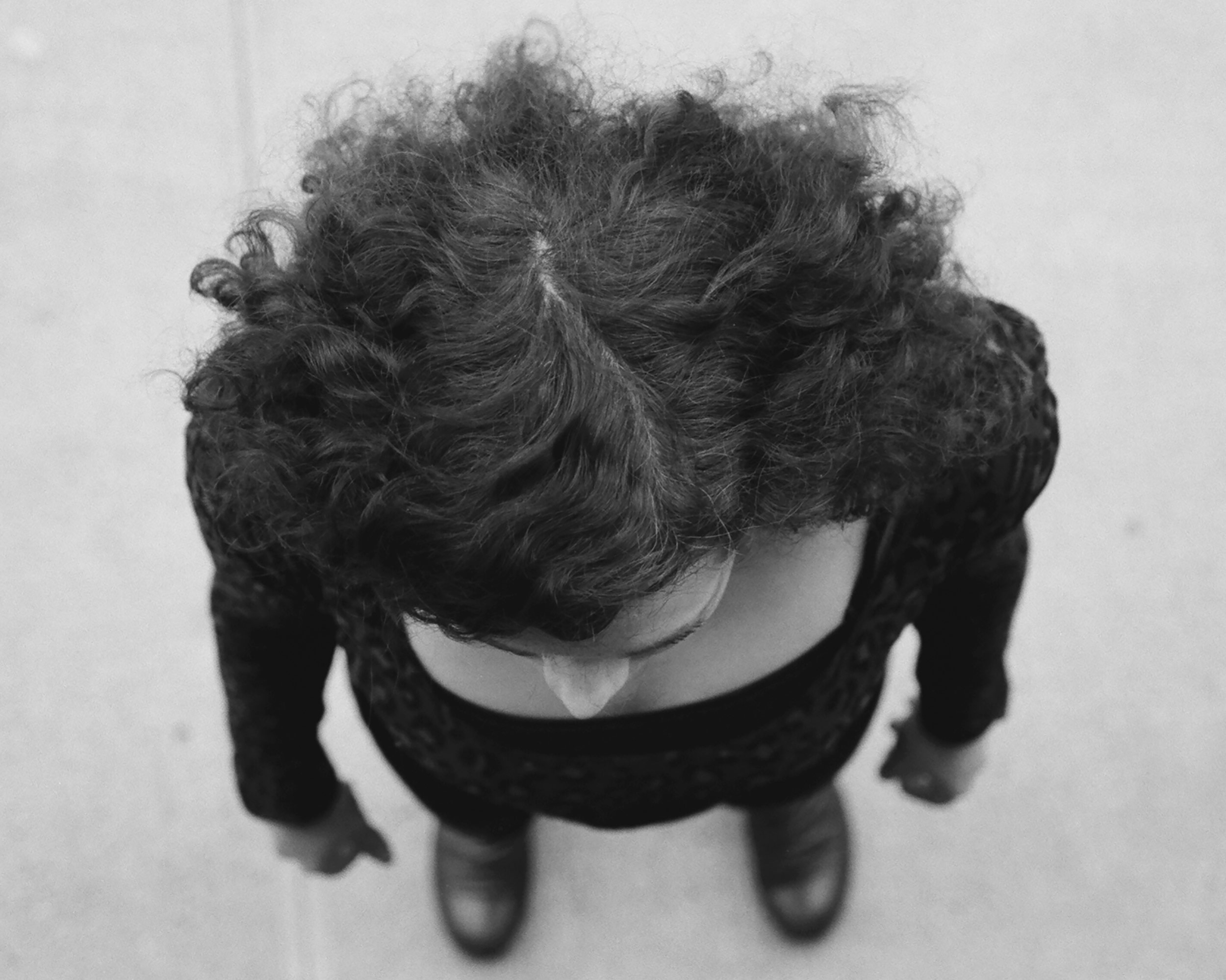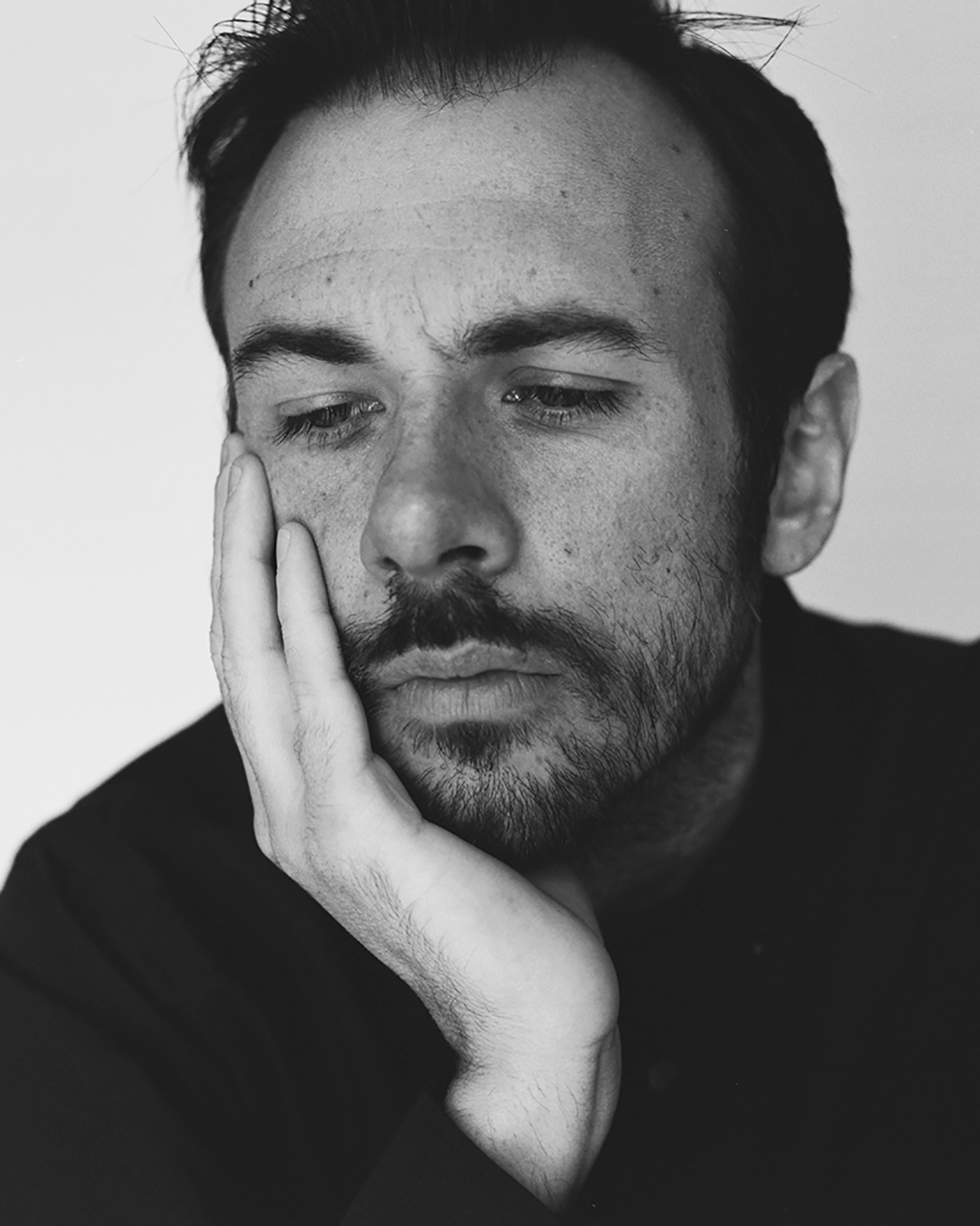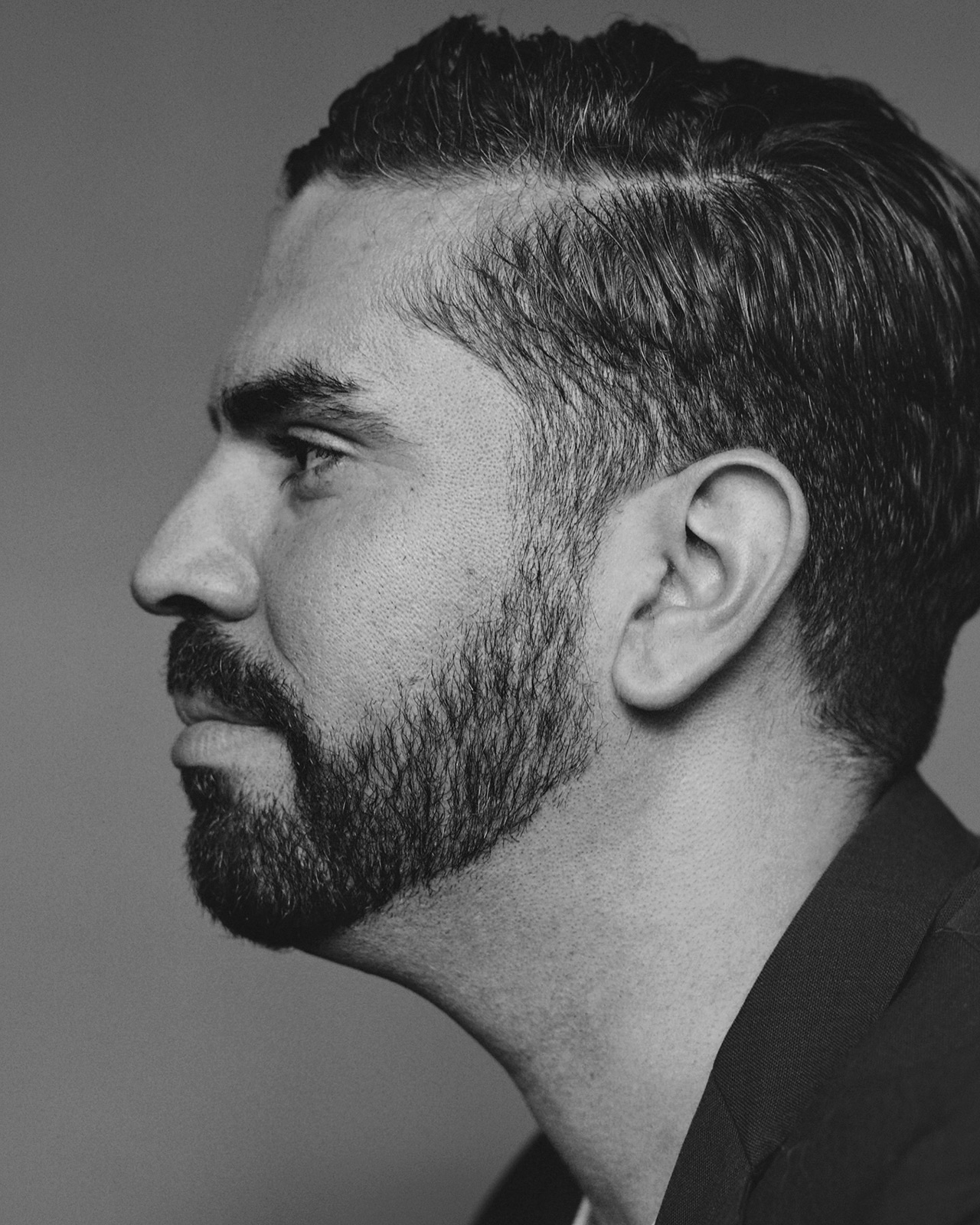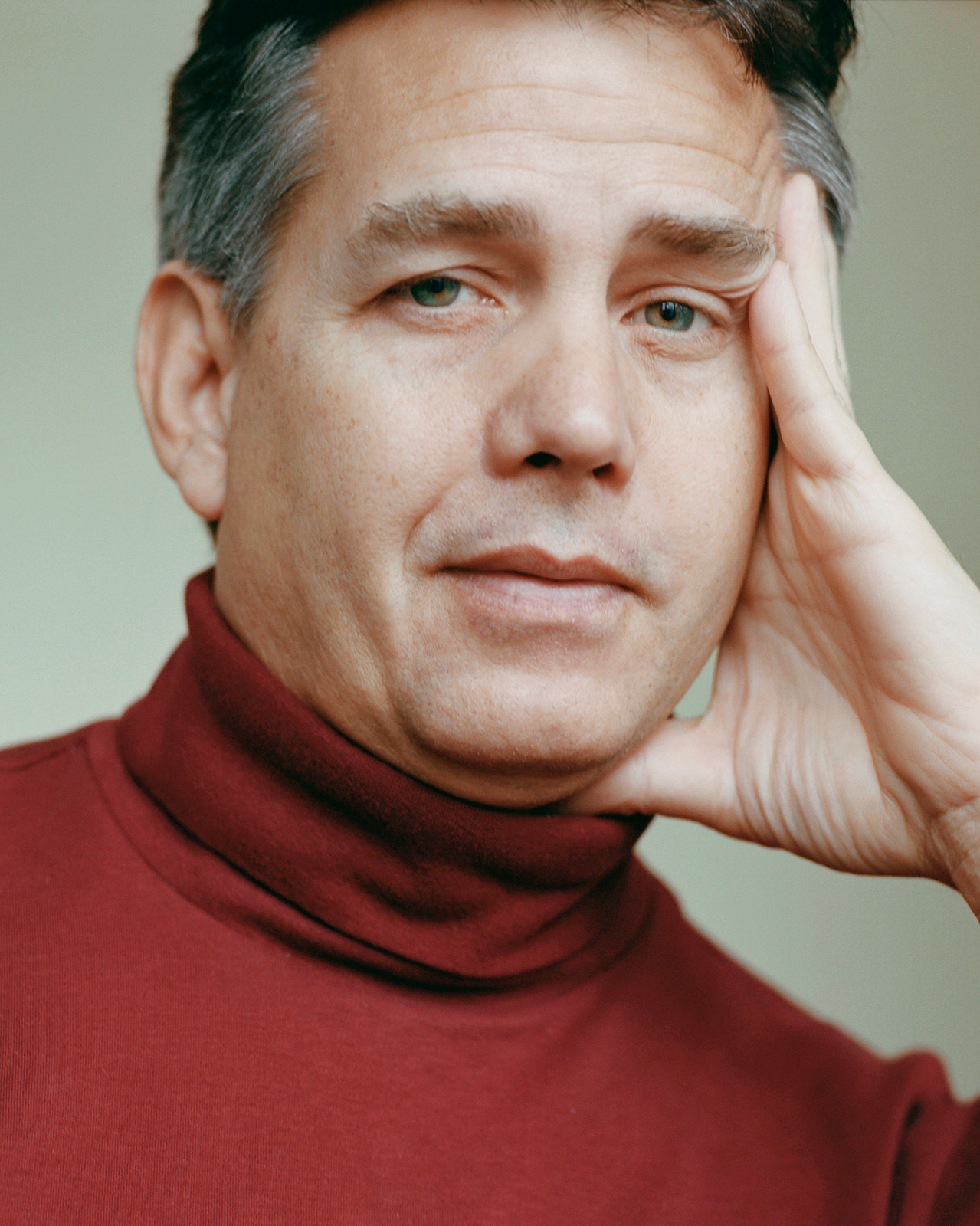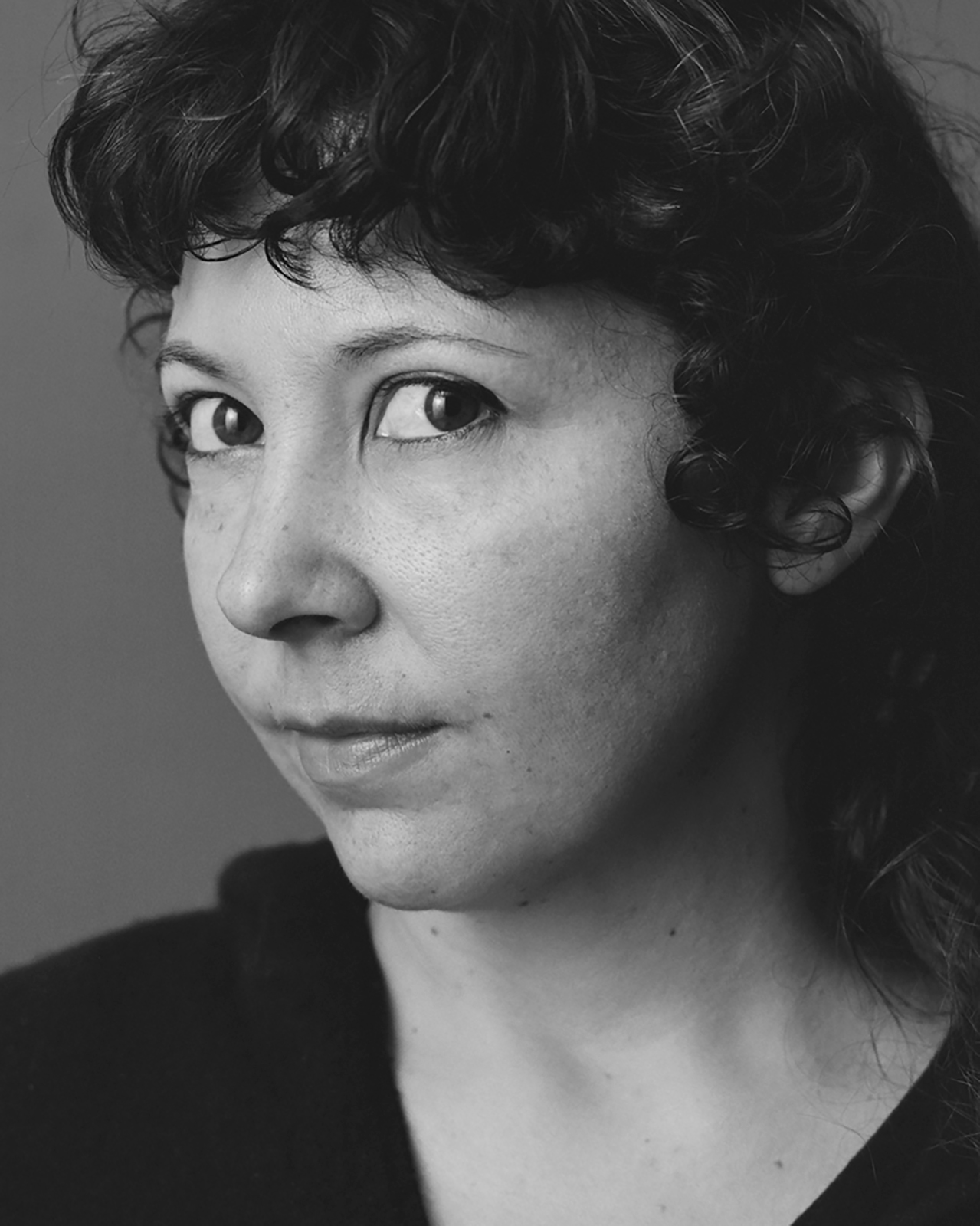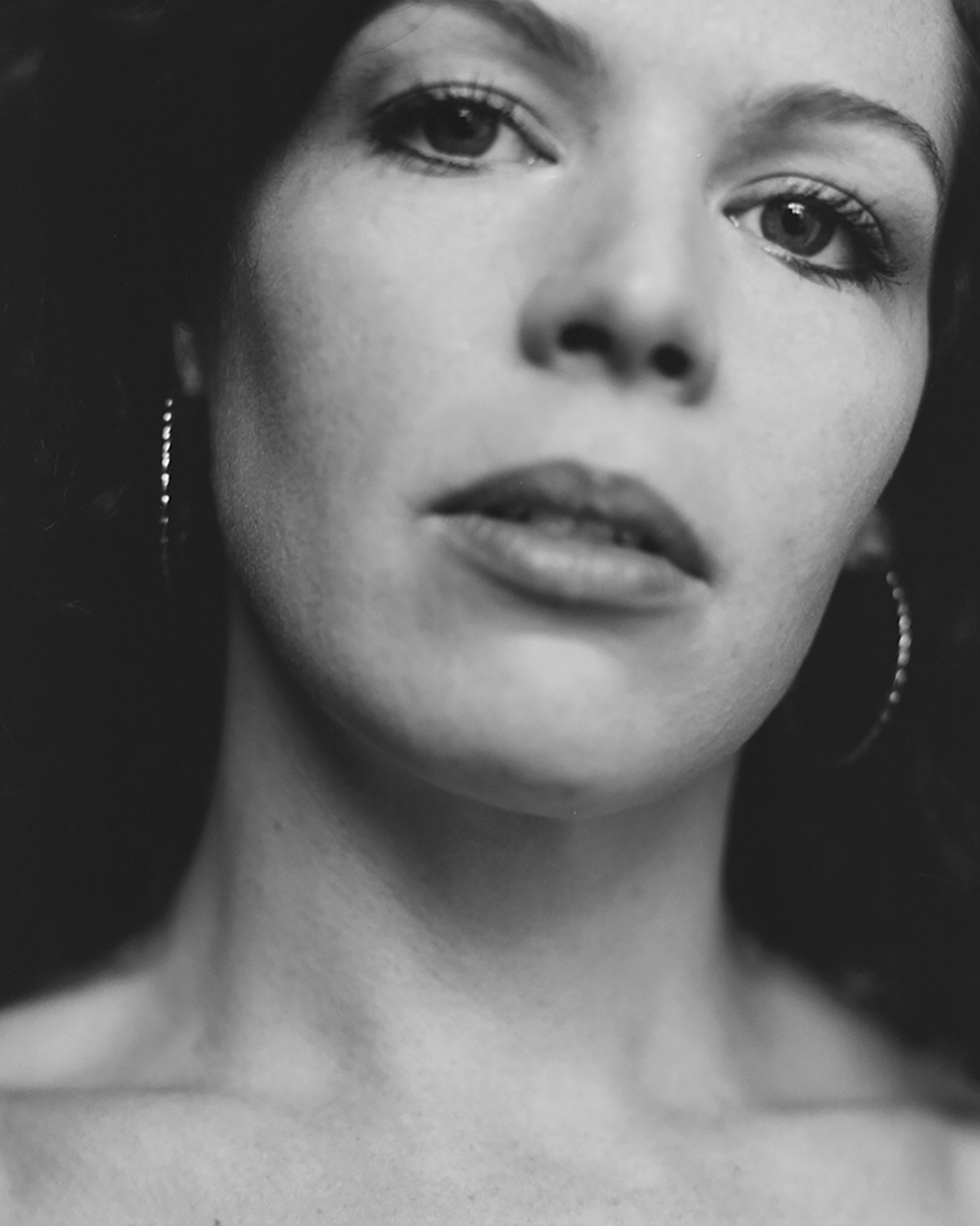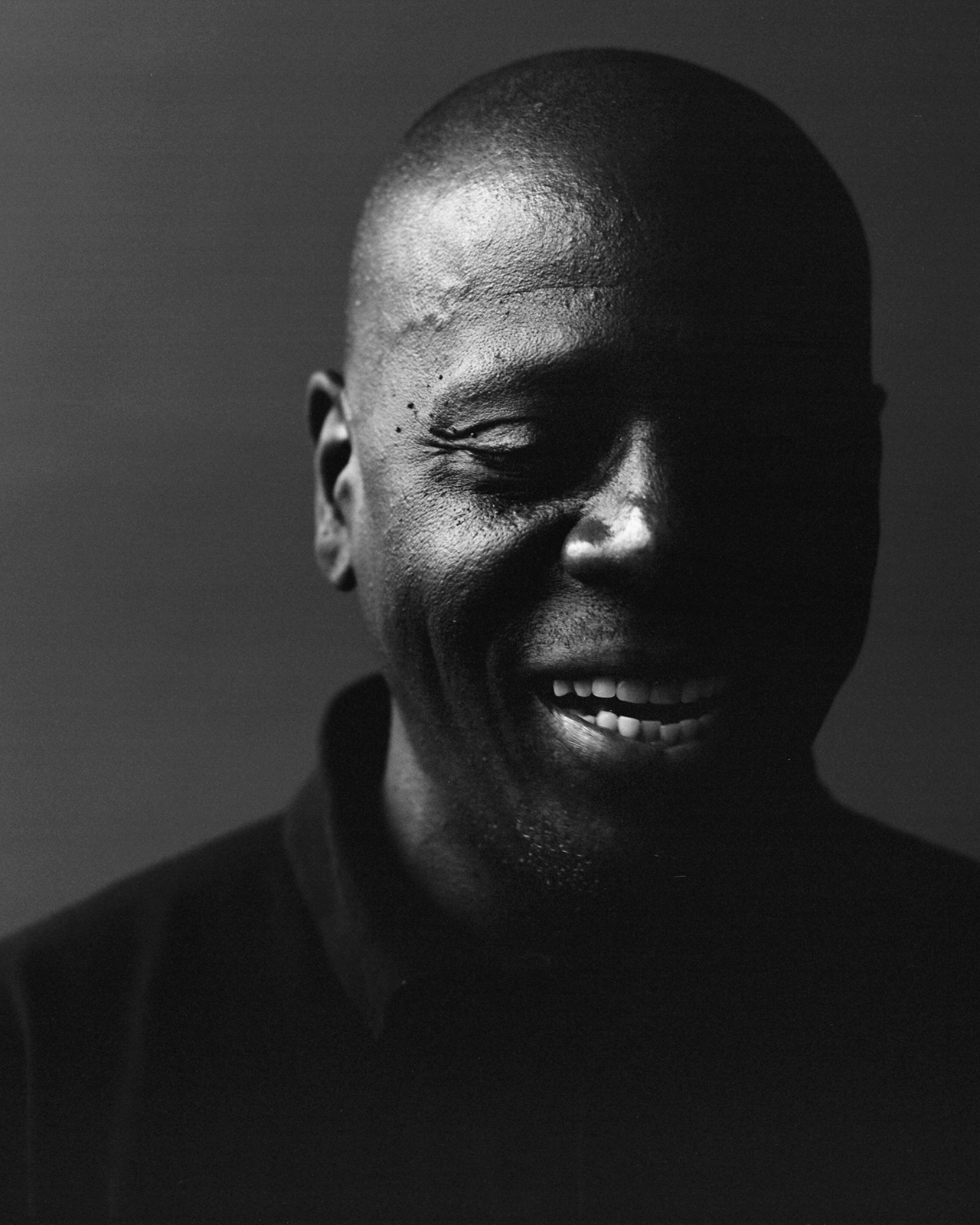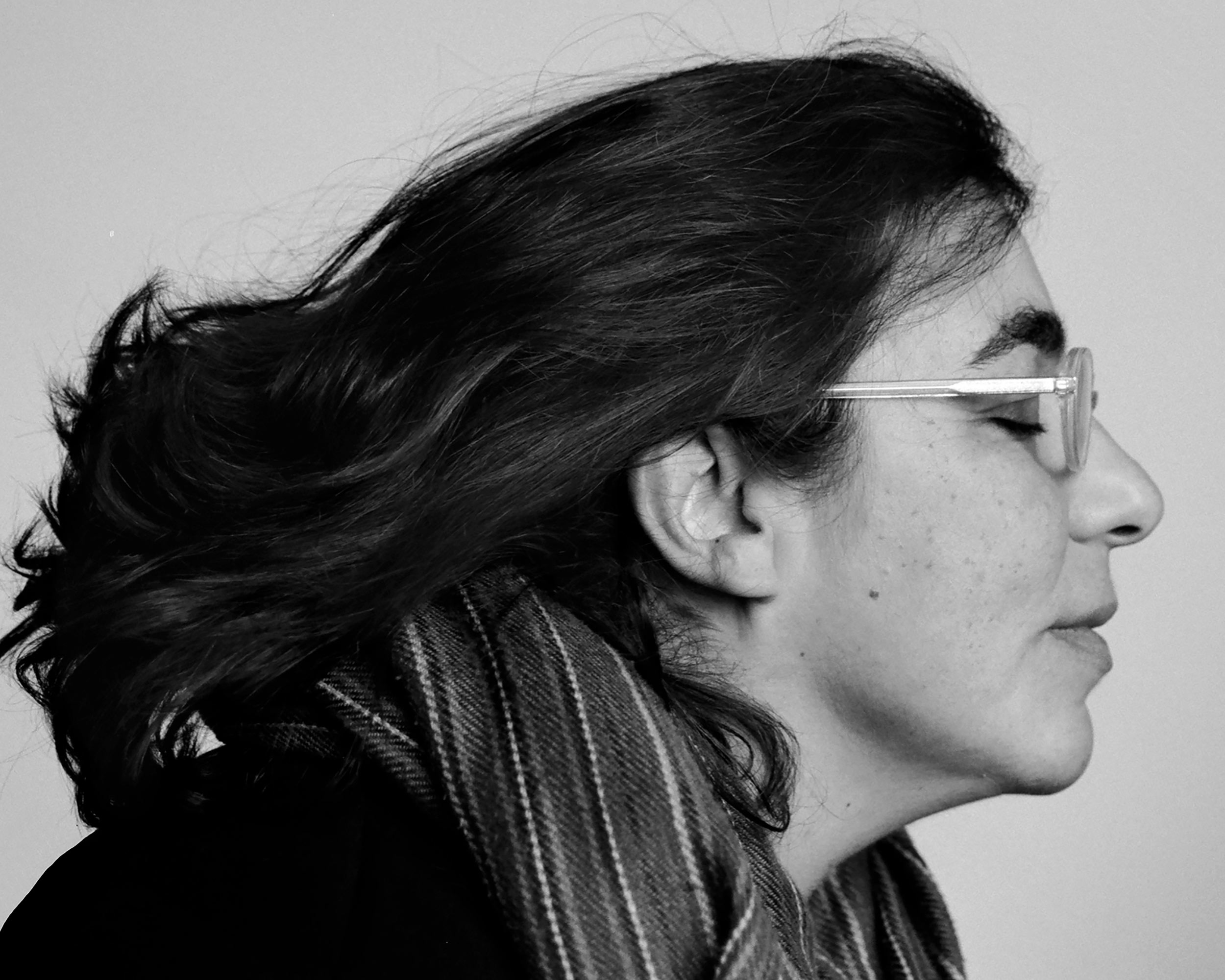
The faces and voices behind the effort to repeal the 91-year-old Cabaret Law that has long hampered the city's nightlife.
The atmosphere at the Elsewhere one evening this past September was low-key but ebullient. Standing on the stage of Bushwicks newest addition to the nightlife scene was mix of dancers, musicians, performers, DJ’s, dance club owners, activists, lawyers and dance lovers who had been united in one common goal: decriminalizing dance in New York City.
It was a watershed moment. While the varied nightlife of New York has always been one of the lures of the city, the establishment has long vacillated between ignoring or vilifying it. By repealing the contentious Cabaret Laws and committing $300,000 of the city’s funds to a Department of Nightlife, New York has finally taken its first steps towards supporting one of New York’s biggest and most vibrant industries.
For years, the leaders of New York’s nightlife have been less-than-public figures, so seeing the group all together on brightly lit stage in front of a huge poster with the words, “Let NYC Dance,” was like the rare sighting of a tribe more comfortable in the shadows. Many on stage had been quietly fighting for the repeal for over a decade. “As amazing as this city is,” said Dhruv Chopra, a founding partner of Elsewhere, “sometimes you feel like culture flourishes here in spite of the city and not because of it.”
When the 1926 Cabaret Laws were first introduced, the country was still recovering from the devastation of the First World War and reeling from radical changes in the behavior of their young. Prohibition was legalized just six years earlier. Dancing and interracial mingling was on the rise and proliferated mainly in city’s popular Jazz Clubs. One of the many ways the grass roots activists were helpful to the repeal was in pointing out ways in which the laws were discriminatory and archaic. How they targeted black musicians, singers, and their audiences. Instruments like brass and percussion instruments were restricted under the Cabaret Law, all essential to jazz forms. The law was most commonly used as a tool by the NYPD to shut down unruly clubs and bars. The law was unevenly and often oppressively applied through its 91-year existence, like the distribution of cabaret licenses themselves: of the 25,000 establishments legally in New York, only 97 have posses the antiquated permits.
“It is an absurd, antiquated, racist, dangerous law and extremely embarrassing for our city,” said John Barclay, the owner of the Bossa Nova Civic Club in Bushwick. His club, a staple of the Brooklyn’s fervid techno scene once received a single cabaret citation, despite having passed dozens of inspections from various government agencies, resulting in fines from both the Criminal and State Court in New York City. He was told he had to stop his patrons from dancing or risk being shut down permanently.
The law frequently impinged on the civil liberties of New Yorkers. It’s a point that that Greg Miller, Executive Director of Dance Parade, a non-profit which encourages 10,000 dancers to express themselves each May, seizes on in his conversation with me. “The benign act of dancing should not be regulated by government,” he said. “Lawmakers want to have power over the nightlife communities because those communities have drugs, noise and problems over which they want one more tool. But they shouldn’t have the tools to stop the creative process.”
The repeal of the Cabaret Law should, at the very least, open a new era of open dialogue with the NYPD. As Olympia Kazi, a member of the NYC Artist’s Coalition told me, “Criminalizing social dancing for all New Yorkers cannot be the means to address a few bad nightlife apples. The moment people feel our city and local government is reasonable everyone will be safer.” The stringency of the current laws, has driven dance parties far underground, Miller points out. “People hold parties in unregulated and, at times, unsafe spaces and skirt taxes to the city.”
Oakland’s Ghost Ship tragedy underscored the necessity of basic regulation in underground club spaces. In December 2016, the DIY space was the scene of a deadly fire taking the lives of 36 people. In response to the public outcry, police across the country cracked down again on illegal warehouse raves and DIY spaces. Yet, instead of being the end of DIY communities across the country, Ghost Ship proved to be a turning point in a progressive discussions on nightlife. Shortly after the tragedy, in the spring of 2017, members of the New York nightlife community gathered in an open forum, attended by city council members, to call for the repeal of the Cabaret Laws in an effort to forestall such horrors from occurring in New York City. It was at this meeting where the movement found their voice on the city council in the form of Rafael Espinal.
The 33 year-old just happened to be walking down the street a few months prior to the town hall meeting in March, 2017 and saw a flyer advertising a meeting for the repeal of the Cabaret Laws. As the Chairman of the Consumer Affairs Committee and the Councilman for the 37th District, which includes Bushwick and East New York, nightlife and its problems were ever present in Espinal’s mind. A shy Dominican kid, who grew up as one of six in Cypress Hills, Brooklyn and was first elected to public office at age 27, Espinal says, “Going dancing allowed me to go out and meet people in a way that you can’t do in a quiet place. Nightlife was the place where I could decompress and separate myself apart from the politics and keep my sanity.”
It probably didn’t hurt that those bar and nightclub owners were also his constituents, and for the previous two-years, Espinal had been thinking about how to tackle the obstacle of regulation and excessive law enforcement. He had tried once before to repeal the Cabaret Laws in 2015 only to be told that it would be “opening Pandora’s Box.” In one of his conversations, someone mentioned that San Francisco had a nightlife commissioner. Rafael started to study San Francisco and other cities’ nightlife practices. One important conclusion he came to was the importance of art spaces in driving cultural ingenuity, new trends and culture. Rafael understands these aims, “New York City has grit and that grit is what attracts a lot of people here. The Lower East Side old school 1980’s and 1990’s is what excites people and if you want to still find that in New York, it’s priceless.”
Rafael took his findings and successfully made his case to the Mayor for funding. On September 9, 2017 Mayor De Blasio signed a pledge to commit $300,000 annually to an office for the Director of Nightlife (DON). There will be a night Mayor, a deputy and 12 unpaid advisors. New York will now be one of many cities with a dedicated nightlife office. (Since the news, Washington D.C. has passed its own bill for funds for a Nightlife Office and it is expected that other cities will follow suit).
Rafael acknowledges that the repeal has its detractors. But he shrugs that off, “I’m very optimistic. There is a fear in the back of everyone’s mind that we are deregulating and what is that going to do? But I think we are in a different era in society, certainly in the major cities. We all know how to behave and to learn from the negatives of the past and how we can go forward and be positive.”
Now that the law has been struck from the statute, there has been a fair amount of confusion about what it means in practice. What the repeal does mean is that from now on that trust can be established between the police and the nightlife community. Broadly venue owners and the police want the same things for patrons: for them to enjoy themselves safely and legally. As Rachel Nelson, owner of nightlife venues Happy Fun Hideaway and Secret Project Robot said, “My greatest hope is there will be a new dialogue in which nightlife is actually a relevant part of New York City culture.”


